|
Cathartes aura is a really amazing animal.
Should I tell you why? It is a Turkey Vulture. You might be wondering what does this name have to do with the Turkey Vulture? Well, Cathartes aura is its scientific name! They also have a redhead which is barely to be seen, so don’t worry if you can’t spot it. Also, the Turkey Vulture defends itself by vomiting. Their wingspan is around 6 feet and they are native to North America. Do you know why these birds are bald? This is so that bits of carrion (dead meat) do not adhere to the skin as they would to feathers. The Turkey Vultures do not kill, they only try to find dead food. It’s like the eagle does the job, and the Turkey Vulture gets the meal. Did I forget to tell you that they do not nest, they lay their eggs on the ground directly! They live up to 20 years old. People sometimes make a mistake and say that the Turkey Vulture is called a buzzard but they are not. Have a good time with the turkeys! By: Ali Helmy Age 11 Art and Photo by: Sama Wareh
0 Comments
Have you ever heard of a Black Phoebe? Have you ever seen one? Well, in case you haven’t Black Phoebes are insectivores, flycatchers. Their colors are black and white. Their stomachs are white, while the rest of their body is black. Black Phoebes make their nests on walls, overhangs, cliffs, and even bridges! They build cup shaped nests. Often, they sit on low branches or posts, because they like to fly to another low perch, so that then on the way back they can catch insects to give to their young.
I hope you learned about Black Phoebes from this article and if you want to learn more about birds, animals, and plants, you have to wait for another article. By: Ilyas Rizvi Age 10 Photo by: Sama Wareh Art by: Sama Wareh Have you ever heard of a Western Bluebird?
Have you ever seen one? Western bluebirds are very pretty birds. The males are a bright blue with a rust colored belly, while the females are a duller color. Western bluebirds sometimes catch insects in midair. They also like to hunt for insects by dropping to the ground from a low perch. Now can you guess what 'vore' they are? They’re not carnivores but insectivores. Western bluebirds are cavity nesters. They rely on woodpeckers to make their homes for them. But Western bluebirds can also nest in nesting boxes. So if you hang up a nesting box you may get lucky as a Western bluebird might nest in your nesting box. Western bluebirds lay one to six pale blue eggs. Baby Western bluebirds are fed by both parents. Weren’t you fed by both of your parents when you were a baby? In that way Western bluebirds are kind of like you, but Western bluebirds weigh only about an ounce and they are about fifteen to eighteen centimeters in length. They are larger than a sparrow, but smaller than an American Robin. Now can you pronounce this? Their scientific name is Sialia Mexicana. Kind of hard to say, right? Well, I hope you learned a little about western bluebirds. Now go look for birds! Click here to visit the National Audubon Society's website to learn more. By: Asiya Rizvi Age 12 Dear Reader,
This story is about a girl Named Rose, here it goes. One sunny day out in the park a girl was bird watching. This particular girl was named Rosealina Johnsen (or as everyone called her Rose). Rose was an 11 year old girl. Now, you might be wondering why Rose was in the park alone. Well, her house was right next to the park so Rose’s parents could see her from their balcony. Now let’s go and see what Rose is doing. Rose was looking at a particular tree. She heard a sort of drumming sound coming from the tree. She was trying to spot the source of the noise, then she saw it! A bird with a red head, black wings, and a white belly. It was quite a beauty, so she quickly took a picture with her camera. Then she rushed inside the house to search what bird it was. She found out it was an Acorn Woodpecker. Here are some facts she found: Clutch size: 3-6 eggs Eggs are white Condition at hatching: Blind,featherles, and helpless Nesting Period: 30-32 days Acorn Woodpeckers eat acorns and insects and other arthropods. The woodpeckers harvest acorns directly from oak trees and are famous for their habit of storing nuts—primarily acorns, but also almonds, walnuts, hazelnuts, pecans, and pinyon pine nuts—in individually drilled holes in one or more storage trees. These are known as granaries and can have upwards of 50,000 nuts stored in them. Acorn Woodpeckers live year-round in oak and pine-oak woodlands of western Oregon, California, and the Southwest through Mexico and Central America. Acorn Woodpeckers excavate multiple cavities, any one of which may be used for nesting (the rest are used for nocturnal roosting). They dig cavities in dead or living limbs, large or small, either in the granary (storage) tree or any other large tree. The woodpeckers reuse nest holes for many years. Rose was delighted at the info that she found she decided that she would start getting outside more and take more hikes and do LOTS more bird watching. Source: https://www.allaboutbirds.org/guide/Acorn_Woodpecker/lifehistory By: Sumaya Zayed Age 11 Enjoy this guide to tracking in Southern California! go outside and see if you can feel the presence of some of these critters based on the tracks they leave behind.
It's an a-TRACK-tive way to see the wilderness. Red-tailed Hawks are awesome birds. They are in a group of birds called The Birds of Prey. One of the ways to identify a Red-tailed Hawk is by its white chest and rusty tail. The younger red tailed hawks however lack the rusty red tail. Red-tailed hawks live in deciduous forests and open country of various kinds. Some of the places that they live in are tundras, plains, and farmlands. They lay two or three white eggs, with brown spots, in a bulky nest of sticks lined with fresh green vegetation. Their nests can be found in large trees or rocky ledges. Their diet consists of rodents such as mice, and rats.
By: Ilyas Rizvi Age 10 There are days when hitting the trail is beyond just an idea, its a necessity for your sanity. On such days when a day hike seems to be the thing to do it is important to remember to pack in a way that makes it enjoyable for everyone.
This means that kids coming along should also bring their own backpack.
Getting kids used to carrying their own gear on a hike is beneficial for their stamina, understanding of what it takes to go on a hike, and for their own ease in getting in and out of their pack. Furthermore, its important that they even pack it themselves under your tutelage.
Here are the top ten things that every Southern California Hiker should carry with them. This list is for being out for more than 3 hours. 1. WATER 2 cups of water per hour hiking) If you are planning on going in the summer or on a hot day, pack a hydroflask or well insulated waterbottle with ICE so that you have cold water for the day. You can pack extra water on the side to add to your icy reusable water bottle. 2. SUNSCREEN- keep applying to back of neck, nose and cheeks as well as top of hands. 3. SCARF OR BANDANA- not a fan of those gnats that come to you every time you are sweating bullets? throw a headband or something that covers your ears while it wicks your sweat. This will help keep the gnats out of your ears and out of your mind-space. 4. LAYERS.. LAYERS.. LAYERS… You should always feel cooler when beginning a hike because as you hike you will heat up which will make you want to shed layers. However, keeping good skin cover is important, especially in hotter climates, so be sure your long-sleeve shirt is thin and flowy. If you plan on being out the whole day, pack a lightweight jacket just in case! 5. THE PERFECT FOOD- An apple, a bar of cheese, some peanut butter, celery, a knife, cold grapes, some beef or turkey jerky, a chicken-salad sandwich, and perhaps some chocolate? Packing something sugary and something salty is a great way to prep for a hike. Juicy and hydrating fruits such as apples and grapes are great to pack. Avoid packing bananas as they will probably get smooshed or make all your backpack smell like banana. Don’t forget to pack it in, pack it out. 6. A PLASTIC BAG- It always comes in handy, whether to collect litter along the hike or to separate your trash from the rest of your stuff. 7. HAND-SANITIZER- To clean your hands after messy meals… also to wipe down your knife after cutting your apples, etc. 8. A snapshot on your cell-phone of the trail-map. Don’t rely on internet to keep accessing your trail map. If possible, download the google maps for the area before hitting the trail. If you bring your cell phone, bring a portable small charger in case you get lost and need to call for help or access your map. 9. FIRST AID KIT- Most common injuries on a hike are bee stings, cactus spines, and cuts. Be sure to pack a benadryl of some kind, bandaids and neosporin, anti-septic wipes, and some duct tape to get those cactus needles out. Ibuprofen to reduce inflammation and eradicate headaches is always a great addition to your kit. 10. A FIELD JOURNAL- along with a pencil.. to keep track of animals and wildlife you see, to draw what you see, to press a leaf here or there. Pack your small field journal in a ziploc bag to keep it dry. And most importantly, don’t forget your stewardship ethics. Being a good steward means respecting wildlife and your surroundings. Hope to see you on the trail! By: Sama Wareh It was a sunny day in Irvine and 16 Field Citizen Scientists were exploring an acorn woodpecker granary. One of them spotted a dead barn owl near an oak tree that belonged to a herd of acorn woodpeckers.
First they studied some facts about it. When they touched the wings they discovered it was very soft. Then they called OC vector control to see if it died of natural causes or West Nile virus. Here is their number if you ever need it: 714-971-2421 and here is their website https://www.ocvector.org When Taylor, the person from the OC vector control, came. We gave him the dead barn owl, then we interviewed him. Taylor said that West Nile virus is not very common in the winter time, when we were there, it is more common in the summertime. He told us that he takes birds and insects apart to check for West Nile virus at his lab. We learned a lot. By: Hamza Sidky Age 10 Update: The test results came back and the cause of death for the Barn Owl was unidentified. Got your backpack?
Got your got your water? Got your snacks? You’re on your way, the streets passing like a blur, Park and pay, Start the hike, Is that a snake? Watch out, a bike! Continue on, Look! Laurel sumac! (glad you took that nature class?) I’m so tired can we head back? Don’t worry! At the end is a surprise! Almost there! Just 1 more mile, Just a little while, Oops, some rocks so watch your step! Almost at the end, Come on you can do it! Watch out! A rattlesnake, I hope I don’t get bit! I see the end, Just one more bend I bet! I’m at the end, what do you know!? I am rewarded with a beautiful sunset! By: Maryam Zayed Age 13 Photo: Sama Wareh Oh my favorite bird the Red-tailed hawk When I am bored, to you I talk Your mate is 25% bigger than you So I don’t think you can fit in a shoe But because your tail is very red You hurt so much when you go to bed With your tail shaped like a fan No one will fry cook you in their pan You fly so much and you need a rest So you are the best of the best So it’s time to end this song See you later oh Red-tailed hawk Thank you very much my favorite flock To you bye - bye oh Red-tailed hawk By: Hamza Sidky, age 10 |
AuthorThe Art & Wilderness Institute Journalism Team are individuals who appreciate the world we live in and love to explore the myriad connections of all things in the world around us. We love to highlight the beautiful things we see in nature and to help others find ways to live with more connections to the outdoor world and the way it benefits us all. Archives
April 2021
Categories |
|
|
Art and Wilderness Institute LLC
[email protected] (909) 206-2226 |

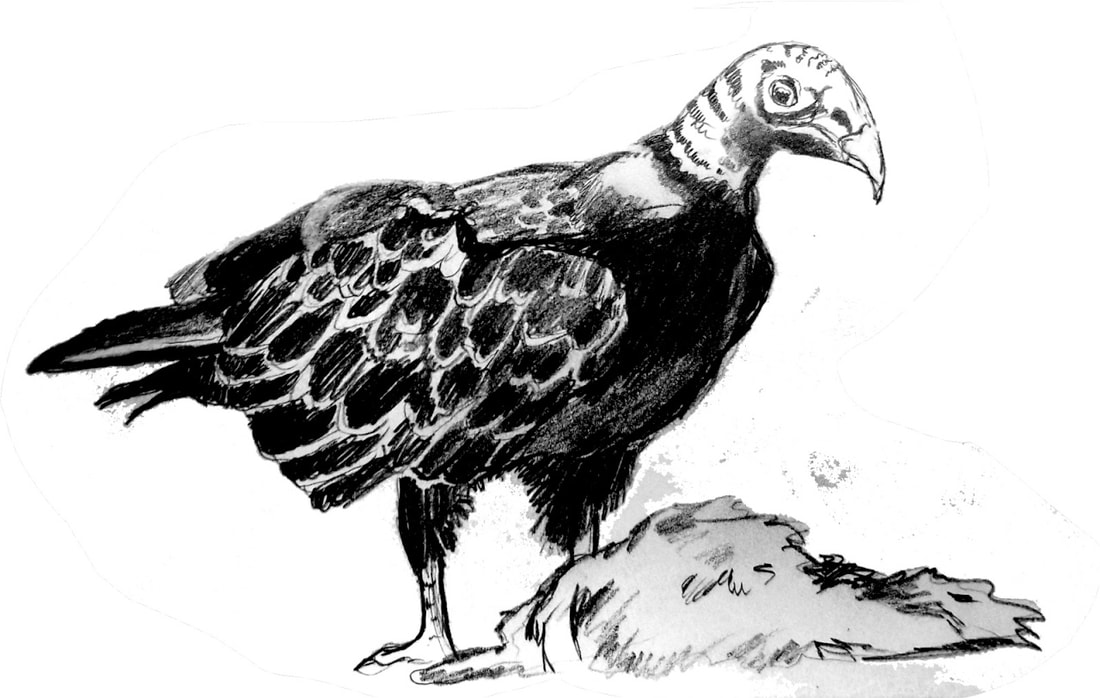
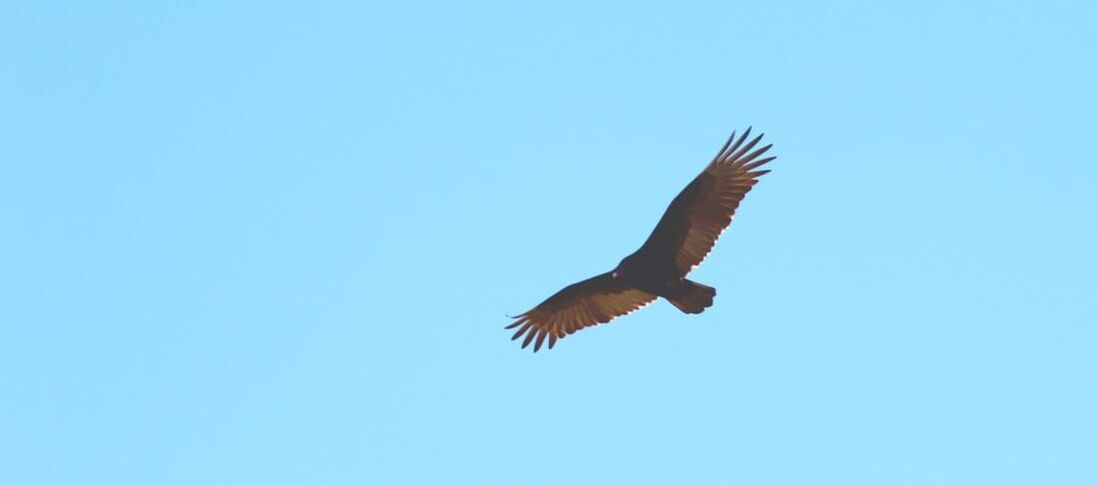
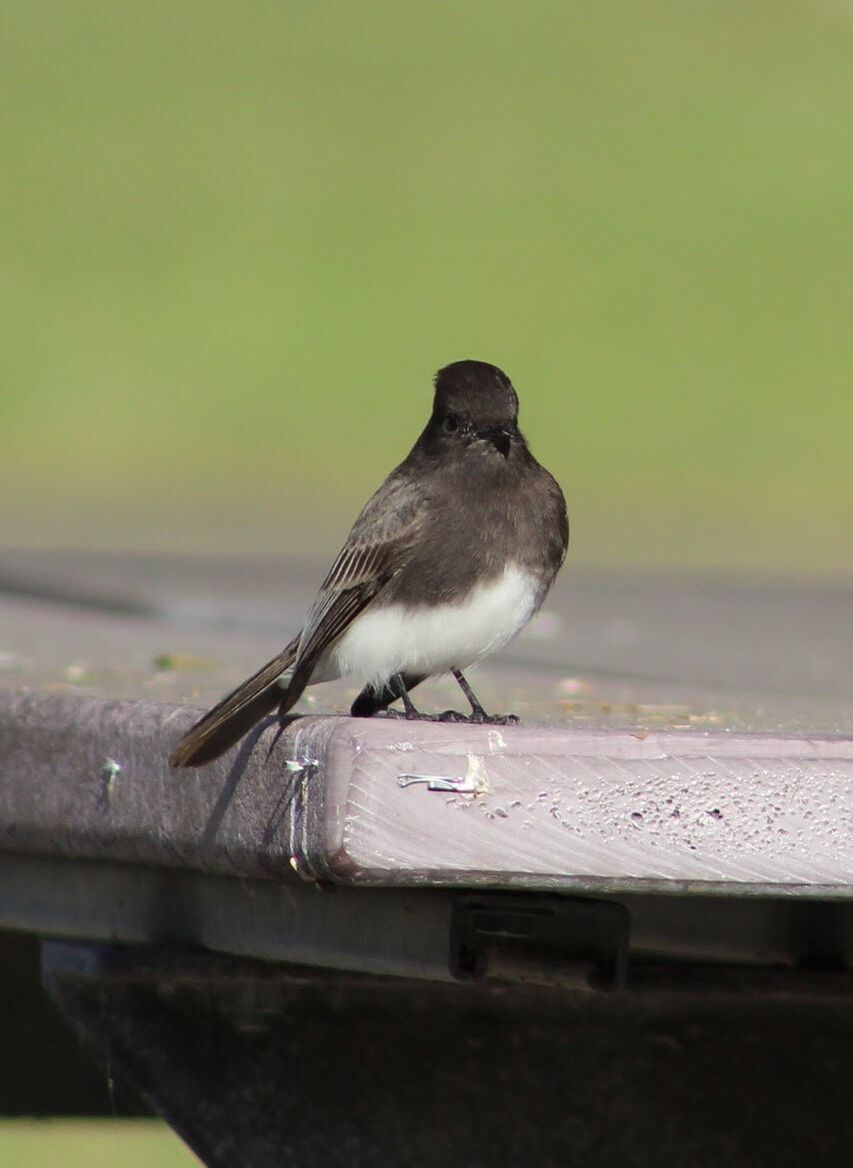
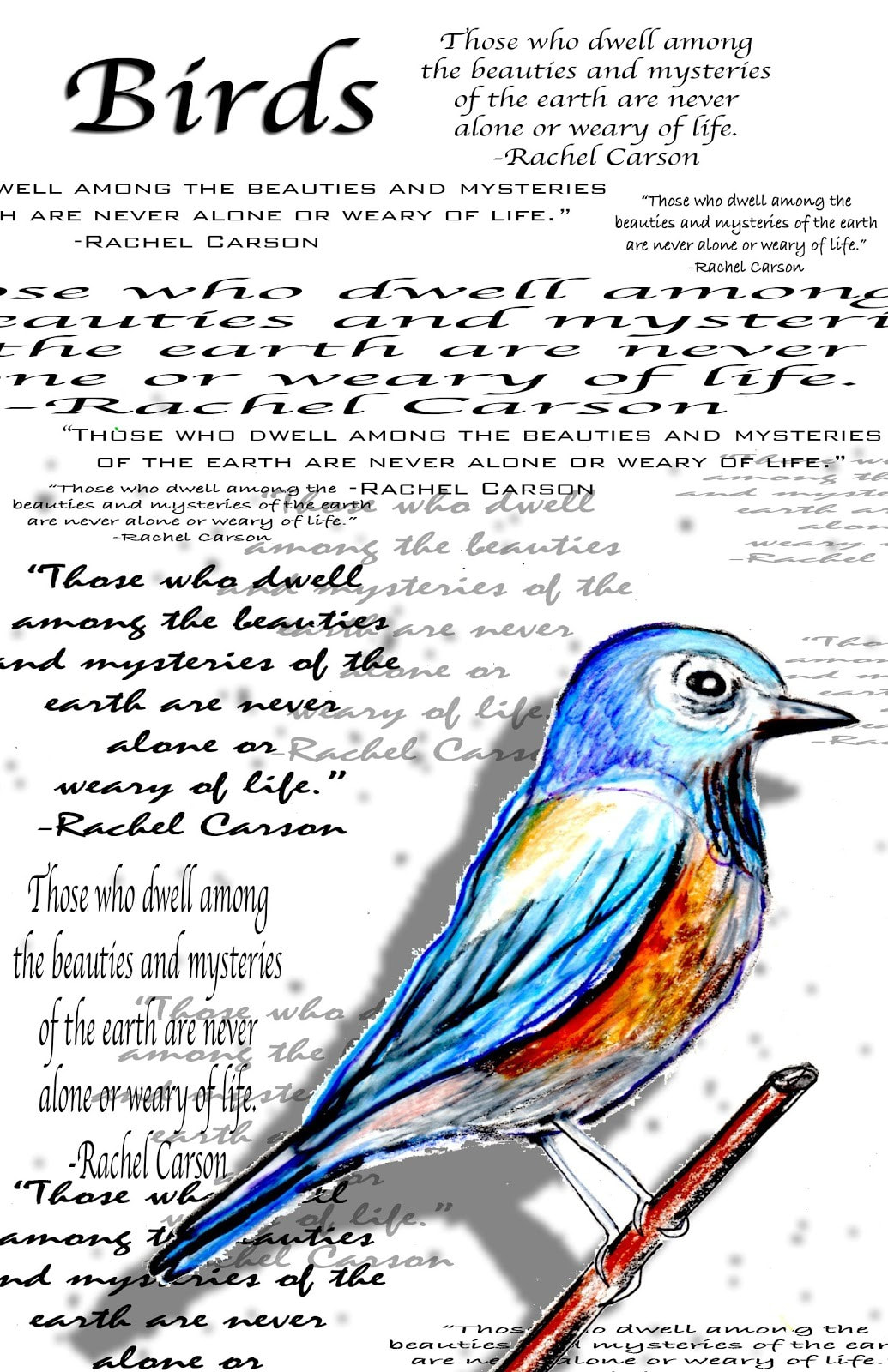
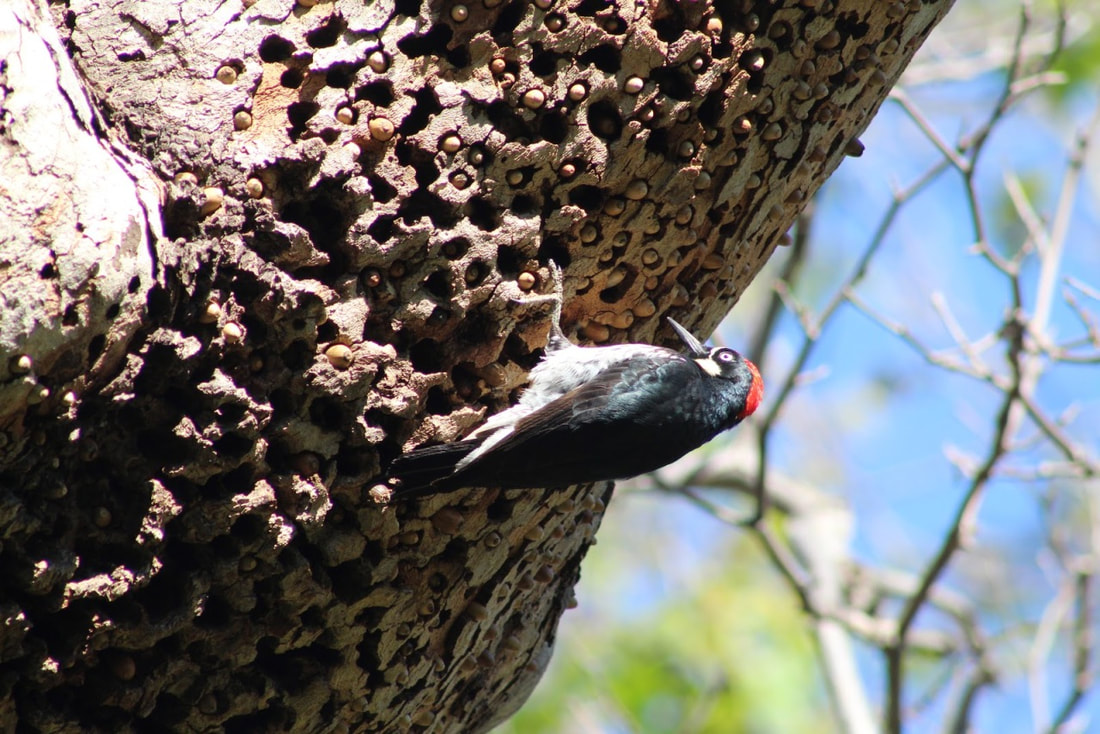
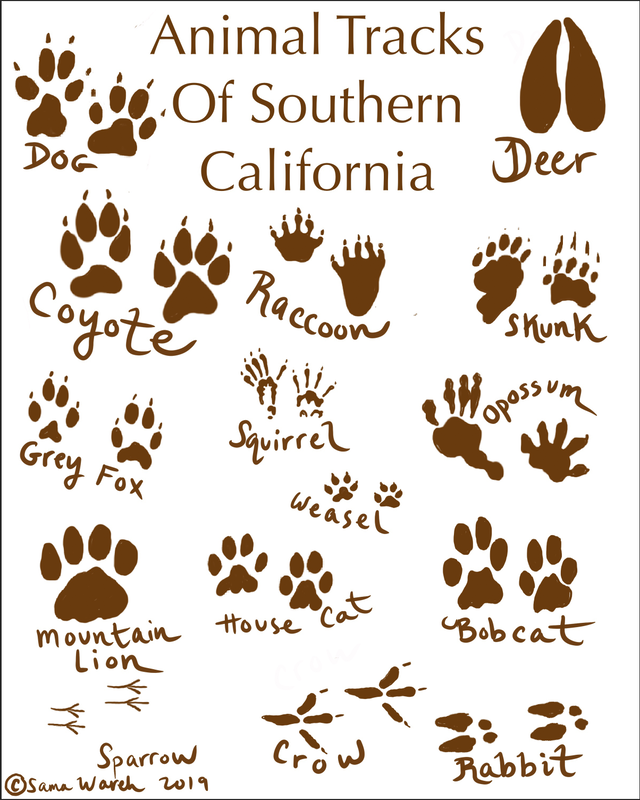
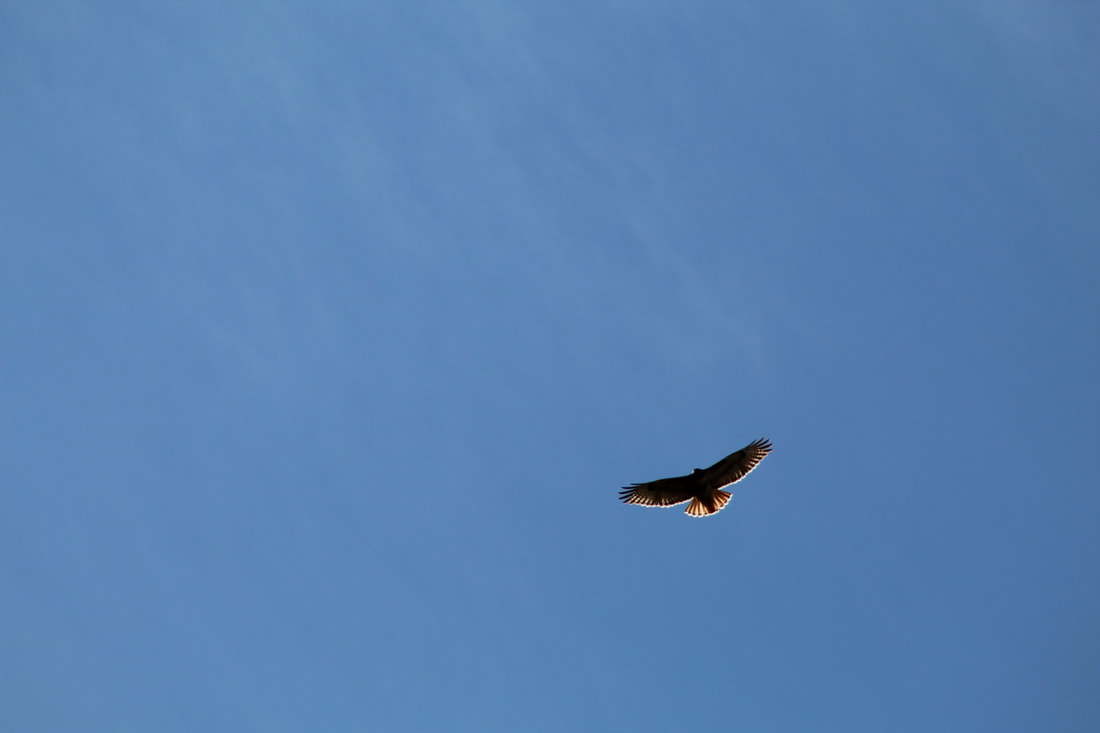
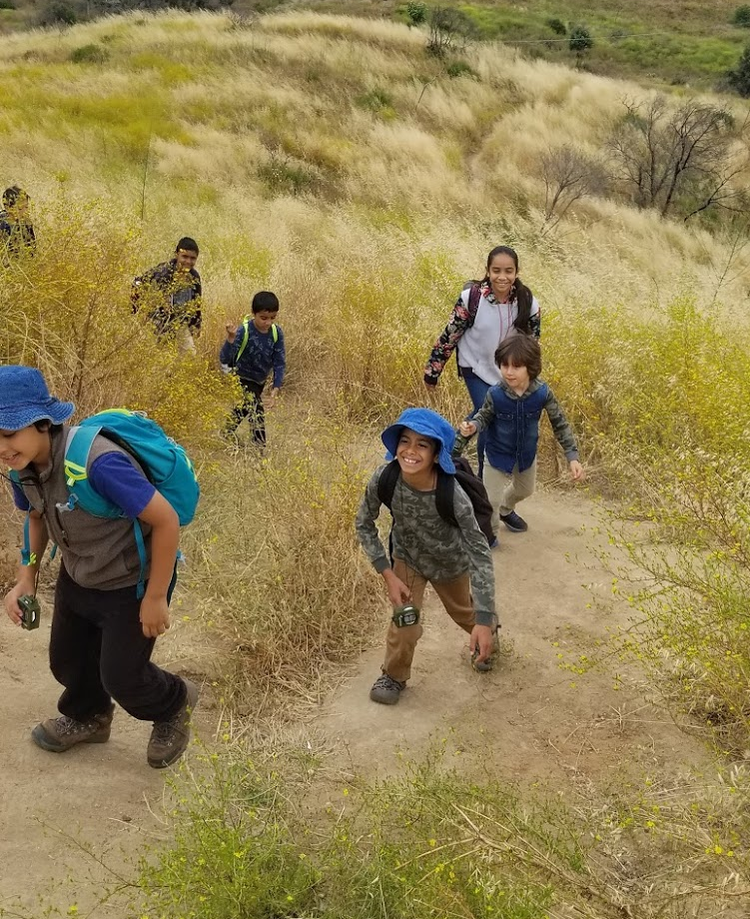
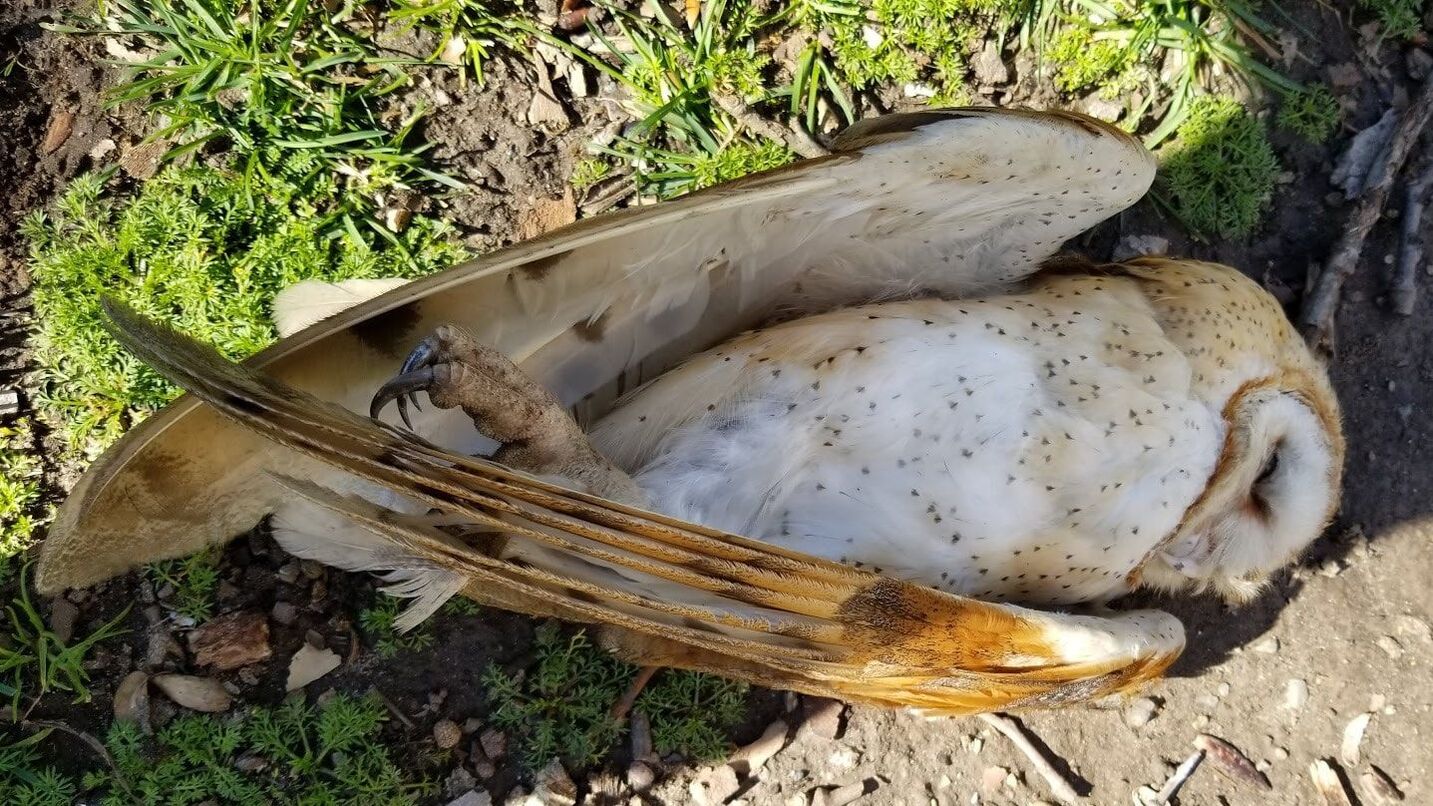
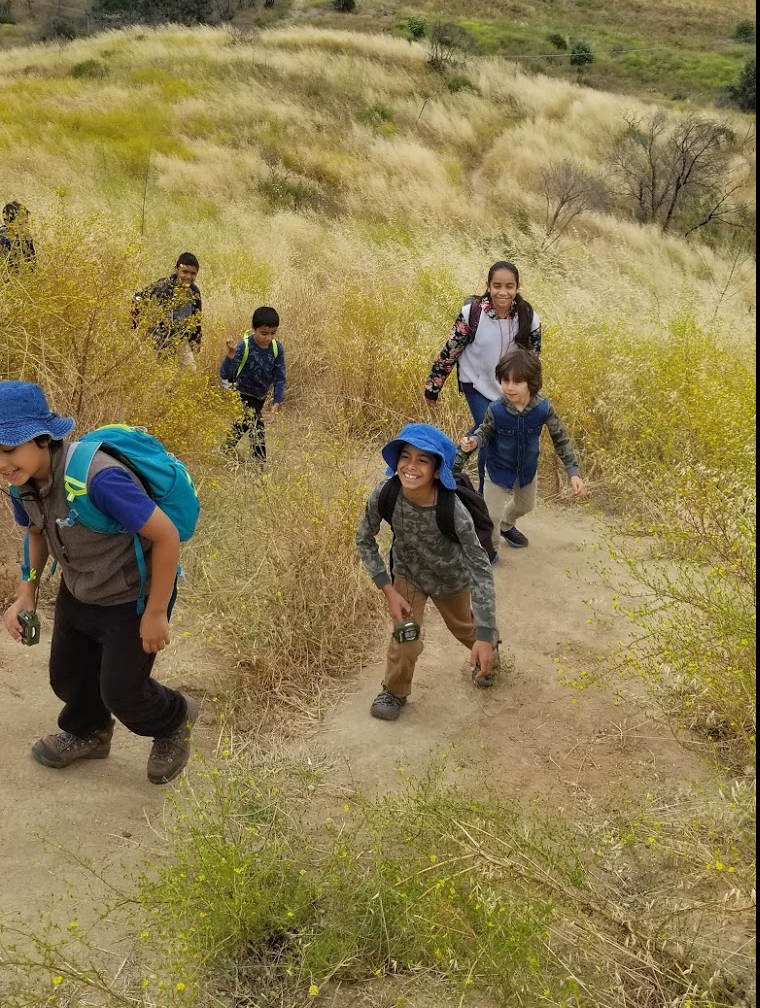

 RSS Feed
RSS Feed
